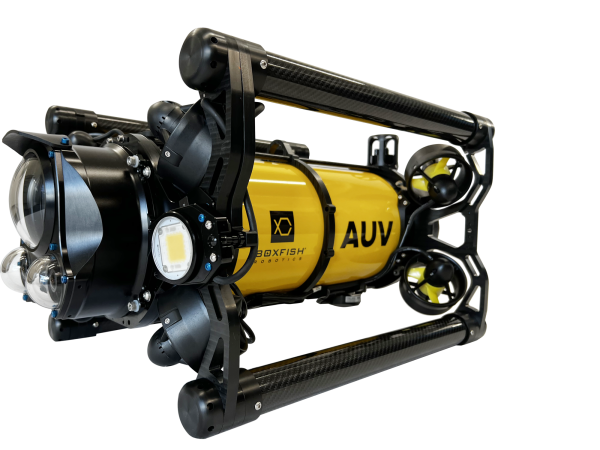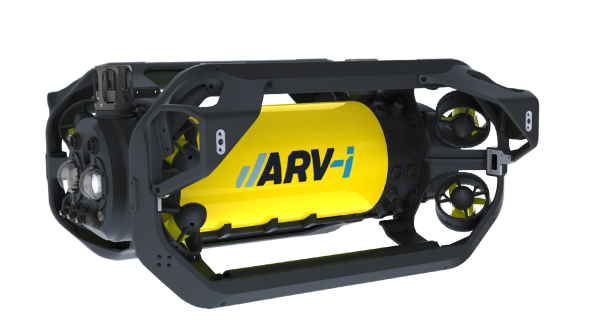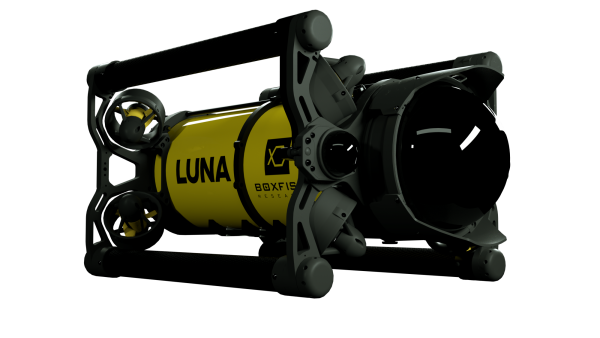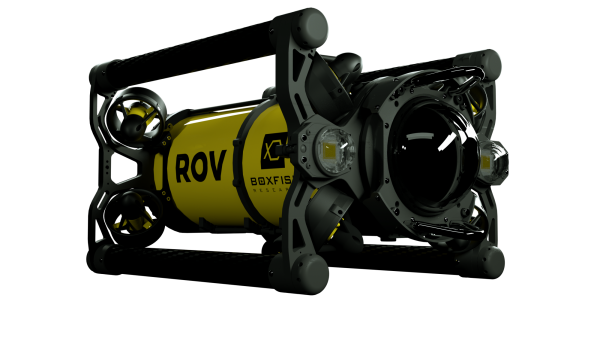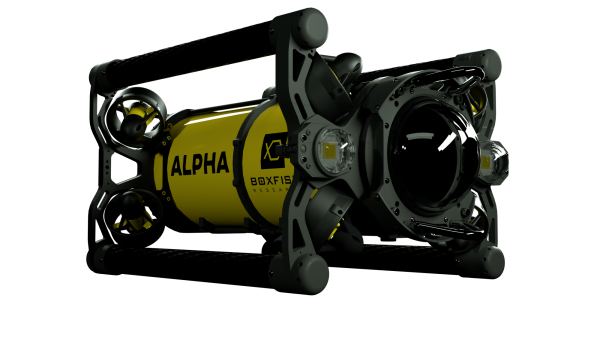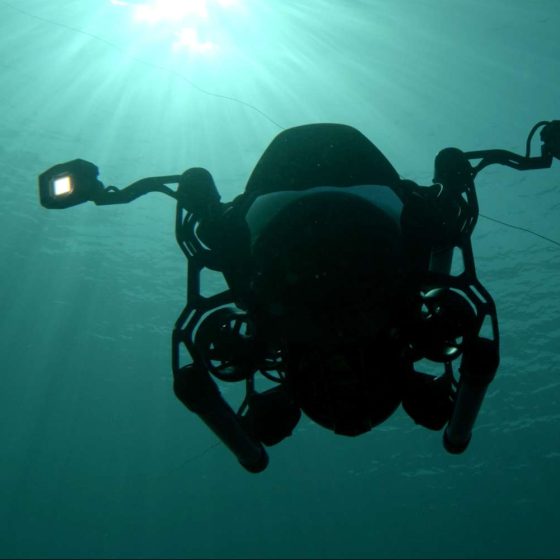Filmmaker Reviews Boxfish Luna ROV
Ever wondered if a remotely operated vehicle (ROV) could truly revolutionise underwater filmmaking and marine research? Filmmaker Antoine Drancey from Black Whale Pictures reviews and explains the Luna’s key components and controls, sharing his professional insights and a tip for filmmakers.
Let’s explore whether the Boxfish Luna ROV is the game-changer you’ve been waiting for!
The Boxfish Luna Kit: ROV, Tether, and Console
The Boxfish Luna ROV kit includes three main components: the ROV, the tether, and the control console. The Luna compact setup fits into three Peli cases, making it perfect for travel and easy deployment from small boats.
- ROV: With eight thrusters, the Luna ROV offers precise navigation and can dive up to 1,000 meters. It supports top-notch cameras like the Sony Alpha 7siii and Alpha 1, known for their superb low-light performance, crucial for underwater filming.
- Tether: The tether ensures reliable data transmission and can act as a safety line, allowing for easy retrieval of the ROV if needed. The optical fibre link gives you precise control, so essential for scientists and filmmaker.
- Control station: The control station is user-friendly and offer drone controls with its Q mode, making it easy for drone pilots to adapt to underwater piloting.
Console Station and Camera Operation
Antoine explains the setup and operation using the Boxfish control station, focusing on its straightforward interface and advanced features:
- Controls: The console allows for easy manoeuvring of the ROV, adjusting lighting, and changing camera settings. The Q mode provides a familiar experience for drone pilots, enhancing ease of use.
- Lighting and Camera Settings: The adjustable lighting system, including front lights and extendable arms, ensures optimal illumination in various underwater environments. The console makes it simple to adjust camera settings like ISO, shutter speed, and aperture.
- Safety Features: The console displays critical information such as battery levels, depth, and humidity, ensuring the ROV’s safe operation. The Return to Surface (RTS) function automatically brings the ROV back to the surface if communication is lost.

